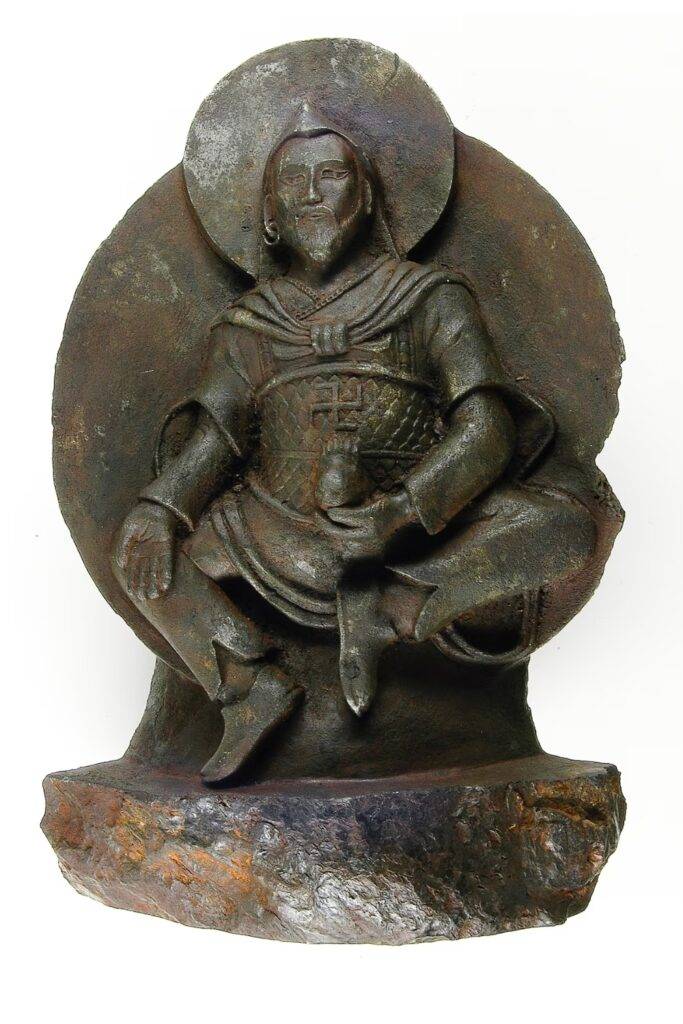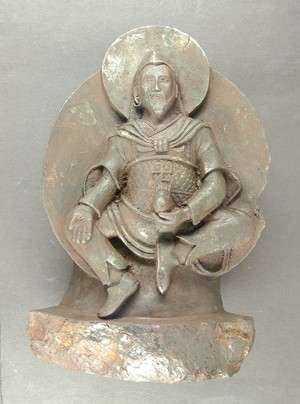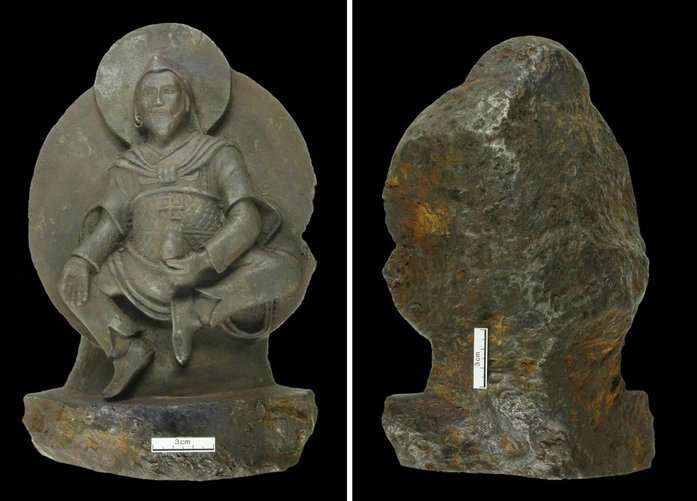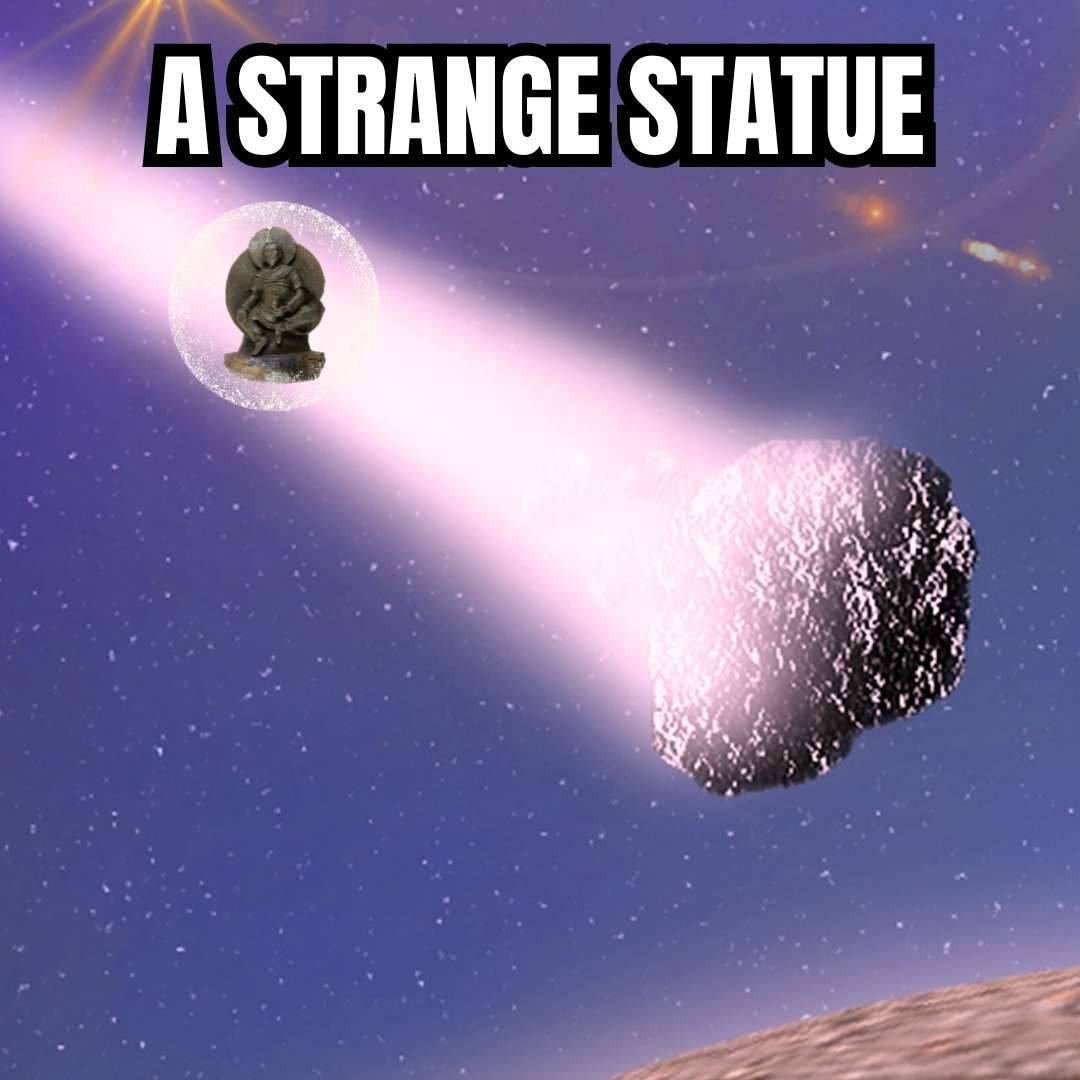Introduction
In the fascinating world of archaeology, few discoveries blur the lines between science and spirituality as intriguingly as the Buddhist “Iron Man” statue from Tibet. This artifact, made from a meteorite, has captivated the imagination of scientists, historians, and spiritual seekers alike. This blog post delves into the enigmatic history, scientific analysis, and cultural significance of this extraordinary find.
Get your dose of History via Email

The Discovery
The Buddhist “Iron Man” statue was originally discovered in 1938 by a German expedition led by Ernst Schäfer. The statue was found in Tibet and was believed to be a representation of the Buddhist god Vaiśravaṇa. It eventually made its way to Germany, where it remained relatively obscure until recent scientific investigations shed light on its cosmic origins.

Cosmic Material
What sets this statue apart from other religious artifacts is its composition. Researchers have determined that the 24-centimeter-tall statue is made from a rare form of iron meteorite. This meteorite is part of the Chinga meteorite field, which spans the border between Mongolia and Siberia. The use of meteoric iron adds a layer of cosmic significance to the statue, linking it not just to earthly spirituality but also to the universe at large.
Scientific Analysis
The statue underwent a series of scientific tests, including X-ray fluorescence and core sampling, to determine its composition. The results confirmed that the statue is made of ataxite, a rare class of iron meteorites with a high nickel content. This discovery has intrigued scientists, as it provides insights into both ancient metallurgical practices and the cultural importance of meteorites in ancient societies.

Cultural Significance
The use of meteoric iron for religious artifacts is not unique to Buddhism; various cultures have attributed spiritual significance to meteorites. However, the “Iron Man” statue is a rare example where the material’s cosmic origin is so directly linked to its spiritual symbolism. The statue is thought to represent Vaiśravaṇa, the Buddhist god of wealth or war, often associated with the cosmic realm.
Controversies and Questions
The statue’s journey from Tibet to Germany during a period fraught with geopolitical tensions has raised ethical questions about its provenance and rightful ownership. Furthermore, the statue’s age remains a subject of debate, with estimates ranging from hundreds to thousands of years.


Wow. Yet another example of important things of certain cultures being misappropriated by others who think themselves more important than anyone else.
But, at least, I’m glad I’ve got to see it.
dude, tibet is not even a country anymore and had many of their people massacred by china, so lucky germans found this because china would have melted it down.